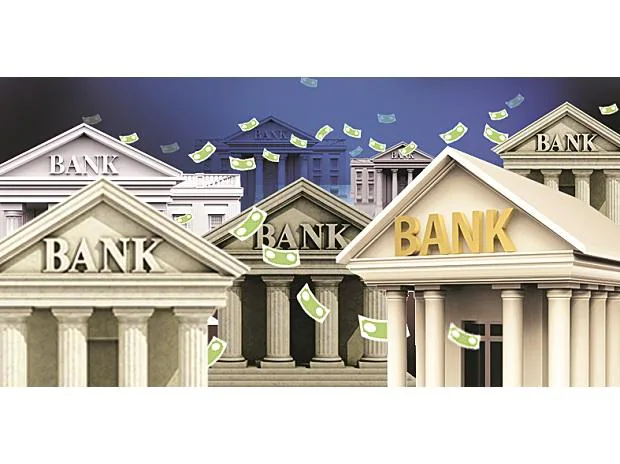In particular, smaller, community banks who wish to diversify into new revenue streams without having to spend the time and money necessary to create new front-end or digital onboarding activities, he claimed that BaaS is a requirement to have among their “go forward strategies.” He claimed that BaaS is an effective strategy to attract more customers and more deposits as opposed to developing individual agreements with business clients who already have active user bases.
In terms of the “side of the house” for businesses, Nowicki said embedded finance provides a variety of new financial services and solutions that businesses can utilise to monetize their engaged users.
He predicted that 2023 will bring both growth for BaaS and regulatory clarification. Regulators would need assurance that any data-sharing and financial services undertaking is being overseen in a “safe and sound” manner, Nowicki continued.
Over time, however, increase is anticipated as businesses develop and market checking accounts or business accounts through non-traditional channels, in customer-facing engagements, and in back-office processes.
Benefits Also accrue to the Businesses
Benefits are especially helpful for businesses who use platforms like Treasury Prime and banks for assistance because they don’t create those accounts or have them on their balance sheets.
But in order for BaaS and a new generation of financial services to fulfil their full potential, he claimed, banks will need to shift their perspectives beyond simply adopting APIs and get at ease with the idea of an intermediary being there when they interact with end users.
BaaS platforms, however, offer banks the same level of insight into end user behaviour as a physical branch on Main Street might.
Data, according to Nowicki, connects banks and businesses and is changing how companies conduct business. He gave the illustration of how accounting software platforms could become practical locations to have checking and accounts “embedded” within the mix.
In light of this, Nowicki questioned, “Why not have that your bank accounts within that same UI ecosystem” as opposed to moving files or switching between sites. As its bank account, which is embedded on the website, is well-positioned to record payments in a seamless continuation of eCommerce, the small business selling goods on Etsy, as another example, can expand.











